AZ Model 1/72 Yokosuka K5Y1 'Willow' # 7881
The Yokosuka K5Y1, commonly known by its Allied reporting name "Willow," was a Japanese biplane trainer aircraft used extensively by the Imperial Japanese Navy (IJN) during the 1930s and World War II.
It was one of the primary aircraft for training naval aviators and served as the backbone of Japan’s pilot training program due to its simplicity, reliability, and versatility.
Airframe and Design: The K5Y1 "Willow" was a conventional biplane with a sturdy and lightweight design, featuring a fabric-covered metal and wood airframe. It had a distinctive twin-wing configuration with slight stagger and wire bracing, which enhanced its maneuverability and stability in the air. The aircraft’s open cockpit featured tandem seating for a student pilot and instructor, providing excellent visibility and ease of communication during training.
Engine and Performance: The K5Y1 was powered by a Hitachi Amakaze 11 radial engine, producing around 340 horsepower, which gave it a top speed of approximately 150 mph (240 km/h). It had a good climb rate and responsive controls, making it ideal for training purposes. The K5Y1’s flight characteristics were deliberately designed to be forgiving of pilot errors, allowing novice pilots to develop basic flight skills and confidence.
Cockpit and Controls: The open cockpit layout was simple and functional, equipped with basic flight instruments suitable for training. Both the student and instructor had access to dual controls, allowing the instructor to take command if necessary. The cockpit was fitted with minimal instrumentation, focusing on the essentials for flight navigation and maneuvering. This straightforward setup was perfect for teaching the fundamentals of flying without overwhelming new pilots.
Operational Role: The K5Y1 "Willow" was primarily used as an intermediate and advanced trainer for naval aviators. It was utilized for a variety of training missions, including formation flying, navigation, instrument training, basic aerobatics, and simulated dogfighting. The aircraft’s role extended beyond basic flight training; it was also used to prepare pilots for transitioning to more complex combat aircraft, making it a critical step in the progression of a Japanese naval pilot’s education.
Performance Characteristics: With its biplane design, the K5Y1 had excellent low-speed handling and was highly maneuverable, characteristics that were valuable for teaching basic flying techniques. Its light and nimble design allowed it to recover easily from spins and stalls, essential features for a training aircraft.
Markings and Color Scheme: The K5Y1 "Willow" typically sported a bright orange or yellow paint scheme, a standard color for Japanese training aircraft, enhancing visibility during flight operations. The aircraft bore the Hinomaru (Japanese roundel) on the wings and fuselage, along with unit-specific insignia and markings, which varied depending on the training school or squadron.
The Yokosuka K5Y1 "Willow" was a vital asset in Japan’s naval aviation training program, renowned for its simplicity, reliability, and adaptability.
It played an essential role in shaping the skills of countless Japanese pilots during a critical period in aviation history, making it one of the most recognizable and enduring training aircraft of its era.
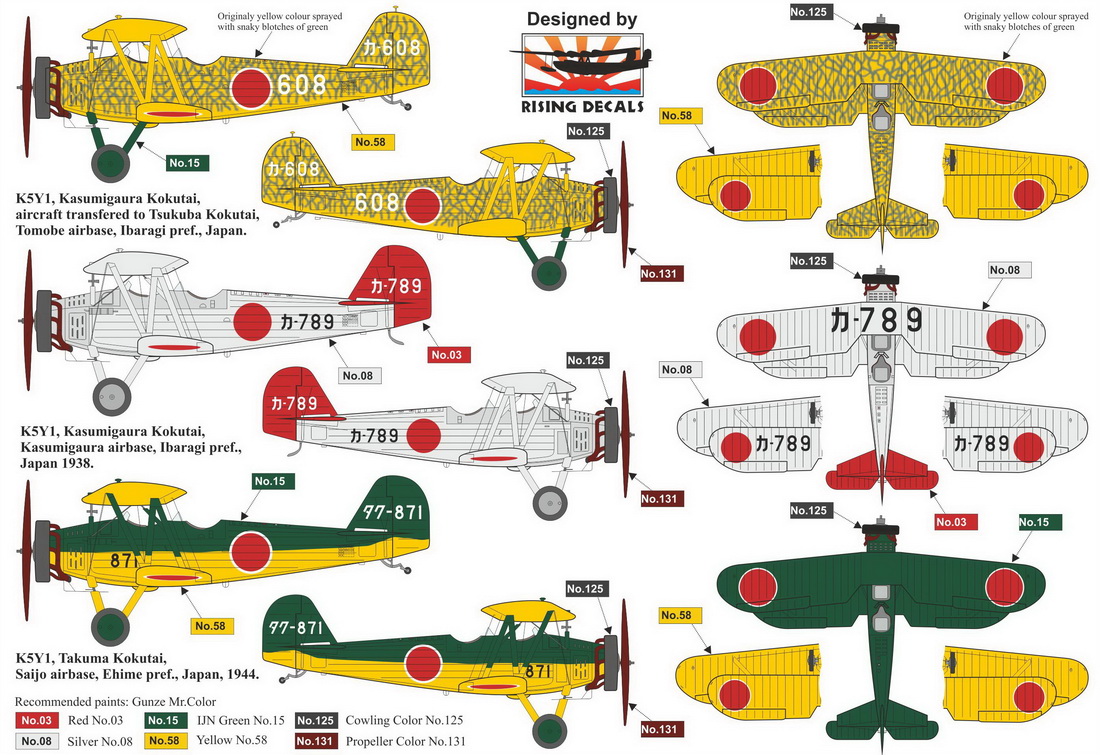








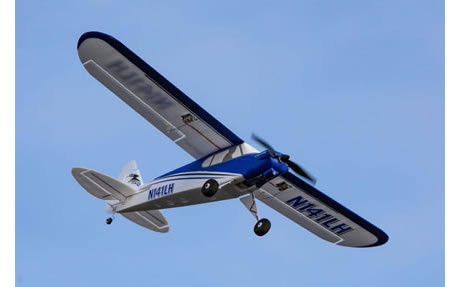
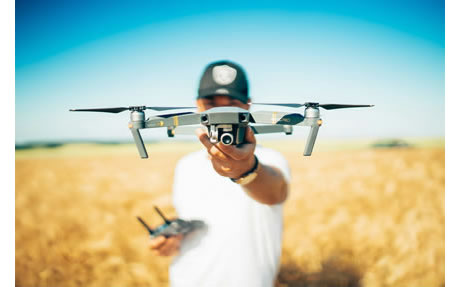










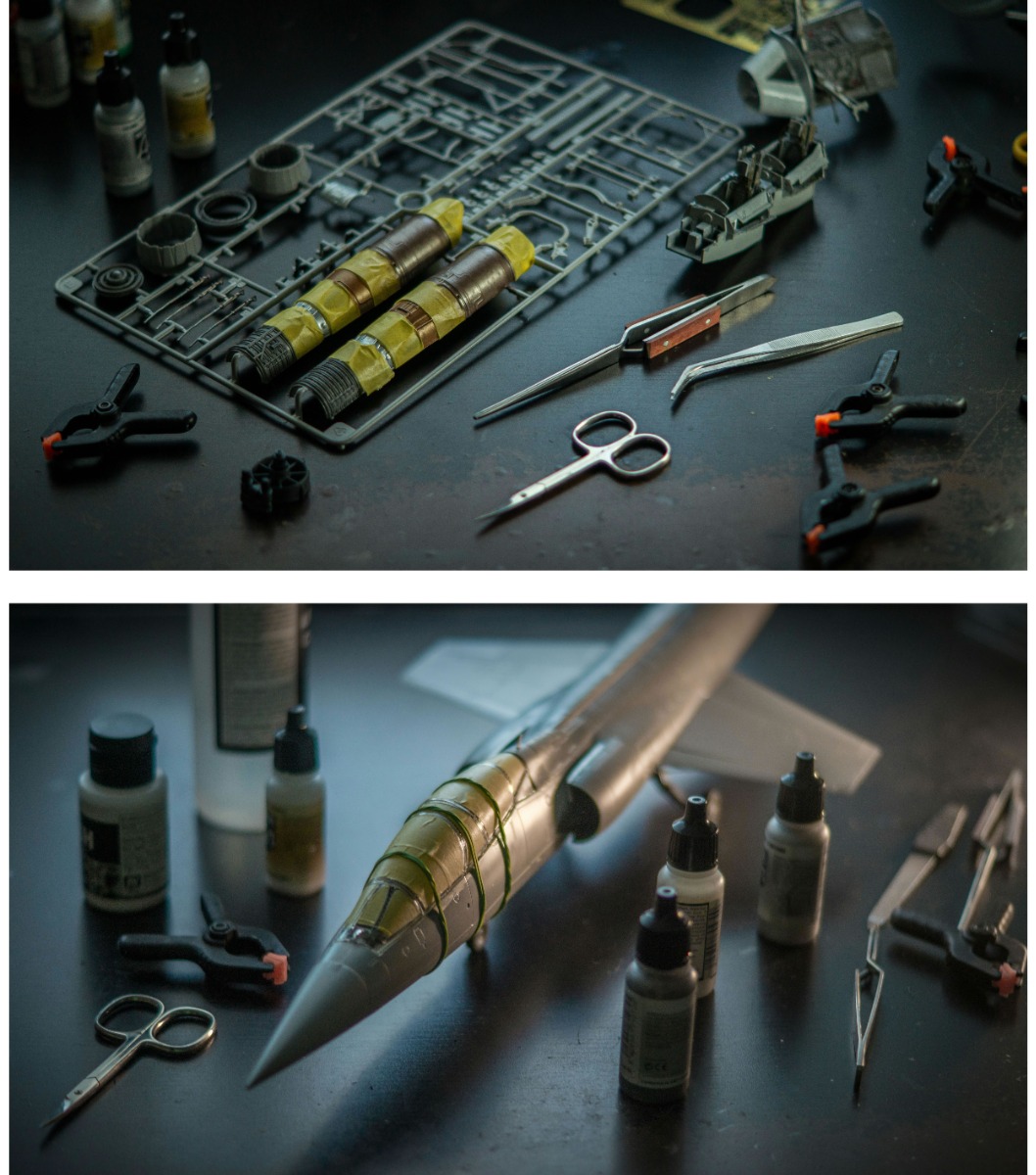
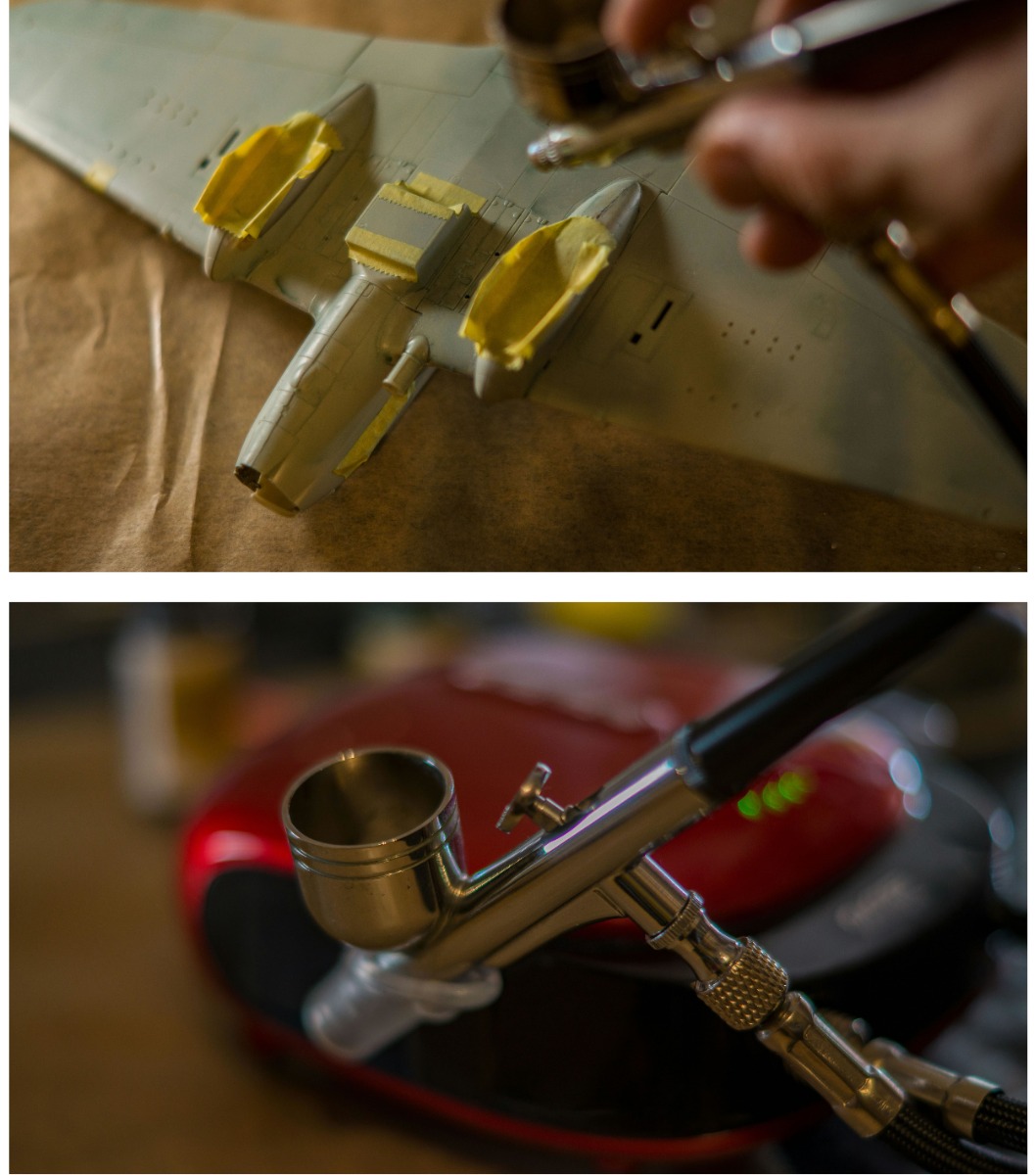
 Spread the cost with Paypal Credit
Spread the cost with Paypal Credit
 Spread the cost with Klarna
Spread the cost with Klarna















